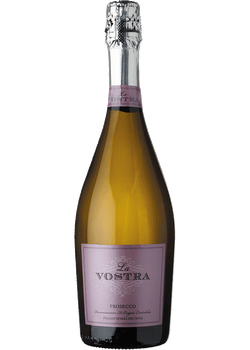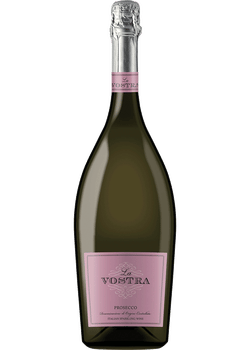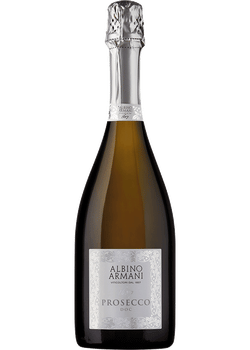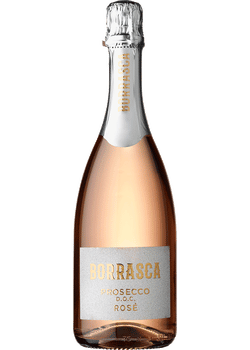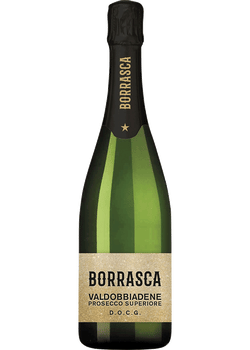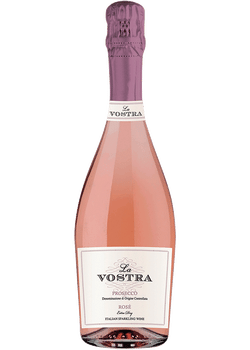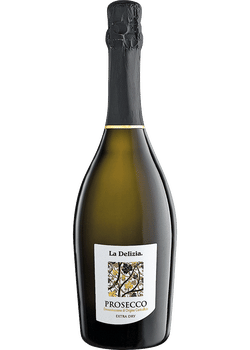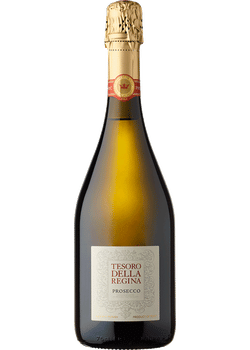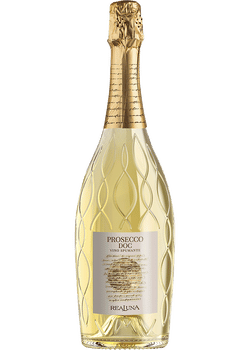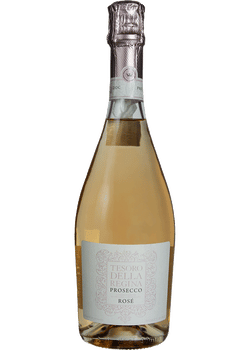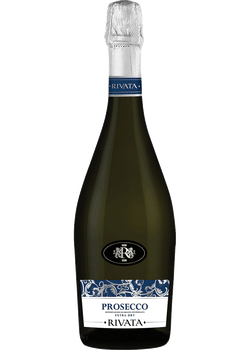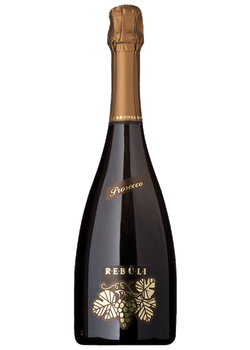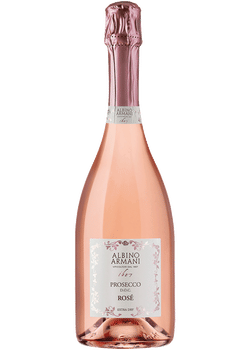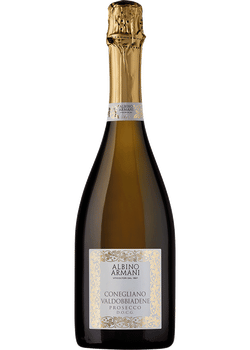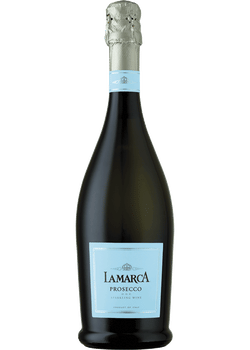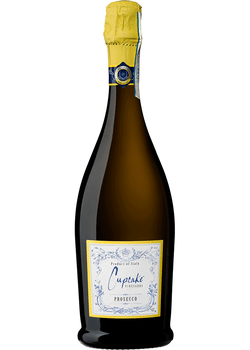Since the 1930s, one of the rites of passage for regular folks and celebrities visiting Venice is stopping at Harry’s Bar for a Bellini. This combination of local sparkling wine with fresh white peach juice gave many visitors their first taste of Prosecco and helped make the sparkling wine famous in the modern era.
Americans embraced Prosecco in the 2000s, taking imports from less than 500,000 cases a year in 2007 to more than 5 million by 2017, according to Wine Spectator’s Impact Database. But Prosecco has a long history in northern Italy. Prosecco was first made in the 1600s, and the name comes from a town near Trieste. But the heart of Prosecco country is the Veneto. Drive about an hour north of Venice, and you’ll be surrounded by rugged green hills covered with vineyards.
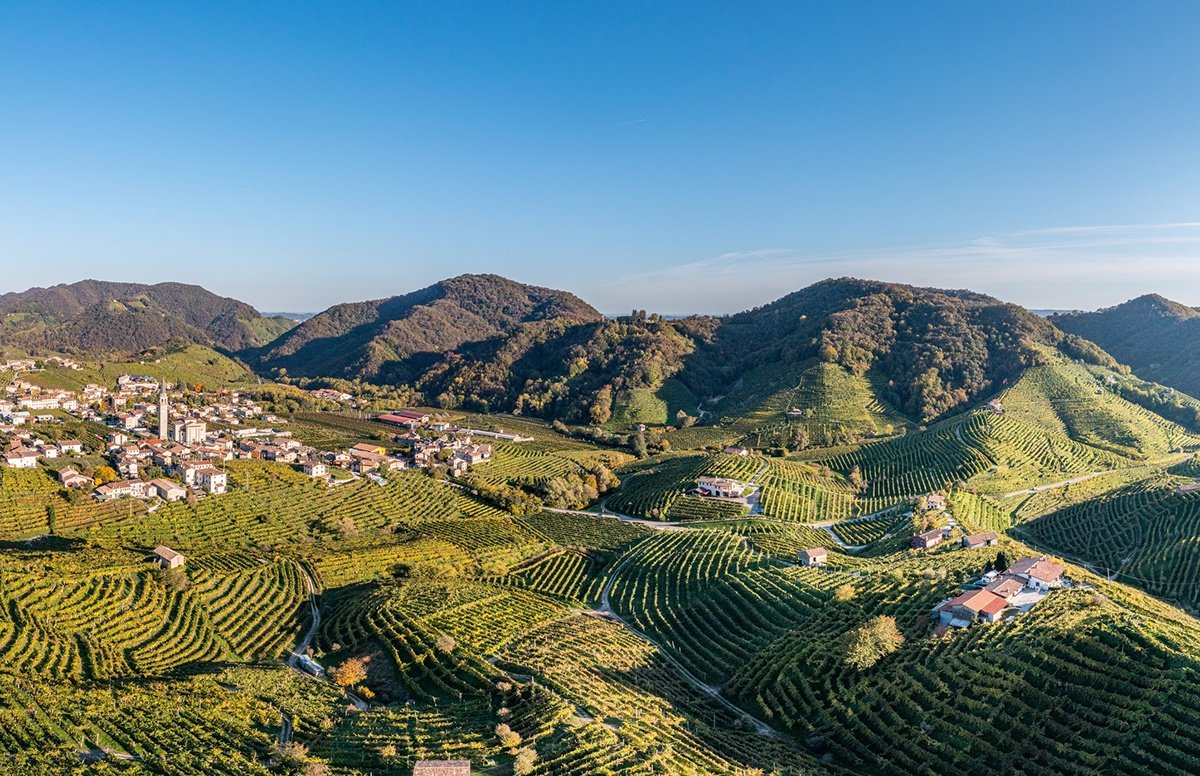
While affordable Prosecco captured the market, refined and rare Prosecco comes from hillside vineyards around Conegliano and Valdobbiadene. Prosecco comes in different levels of effervescence and sweetness, though they’re all refreshing and slightly mineral. Prosecco wines pair perfectly with the region’s foods, from fried seafood and salt cod to cured San Daniele ham and cheese.
We’ll explore this appealing wine’s history, how it’s made, plus the flavors and best Prosecco pairings.
4 facts to know about Prosecco
- Some of the best Prosecco sparkling wines have DOCG, DOC, Rive, or Cartizze on the label.
- Prosecco comes from Veneto, the region that includes Venice.
- Prosecco stars in two of Italy’s most popular sparkling cocktails: the Bellini and the Spritz
- Prosecco is a pro at pairing with shellfish, egg dishes, ham, salads, and pastas with creamy or herbal sauces.
Color

Tasting profile
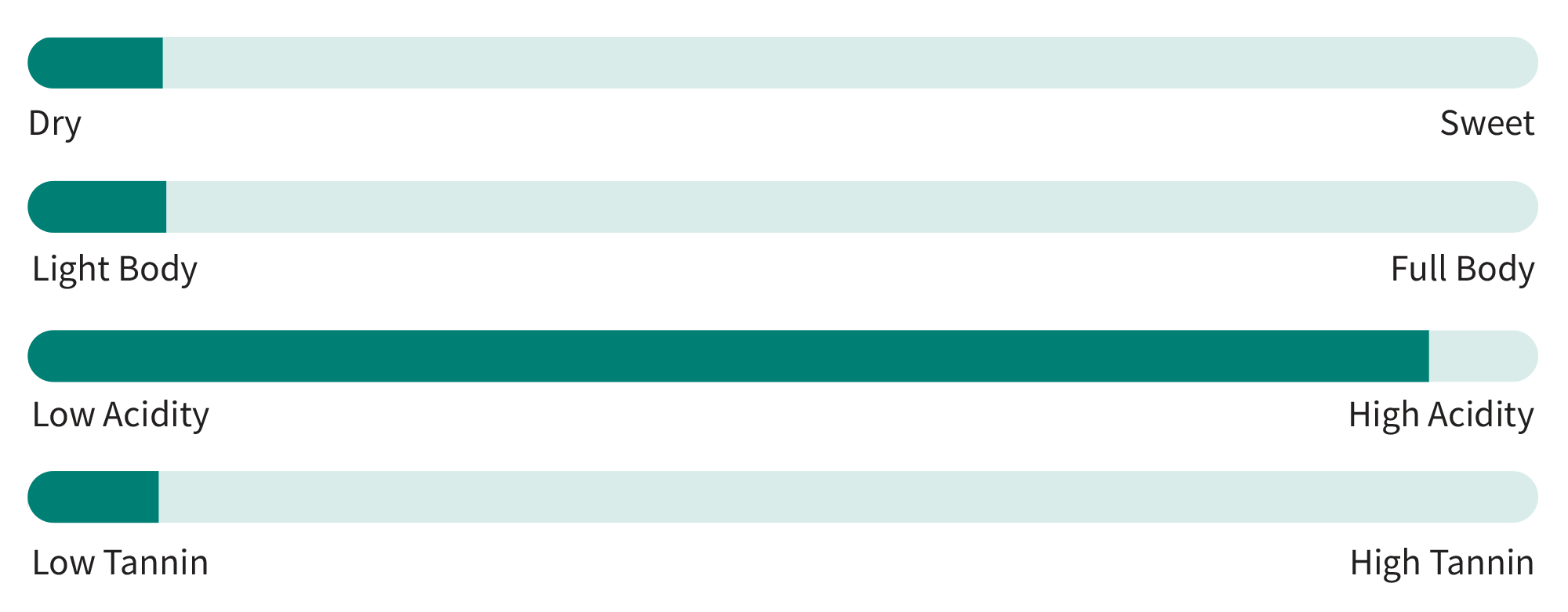
Primary Prosecco flavors
![]()
Prosecco is a sparkling wine that’s often fruity and light with notes of apple, green pears, melon, and honeysuckle tinged with a pleasantly bitter mineral note. You’ll also find brut Proseccos that are more dry and citrusy. Prosecco Rosé shows subtle red fruit and berry notes.
Key Prosecco regions & styles
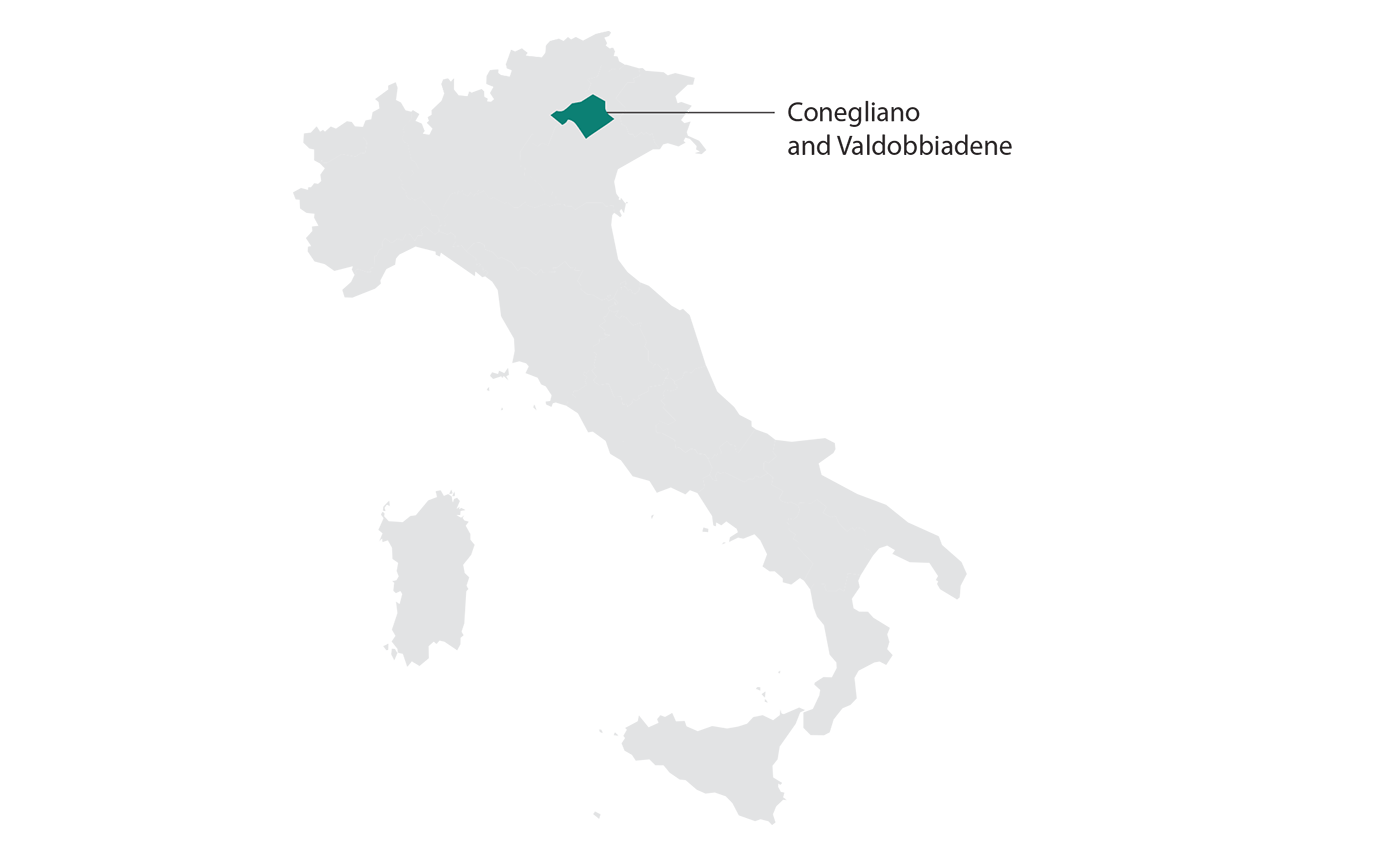
Prosecco is made across Northern Italy, and the government classifies the growing regions according to the quality of vineyards. The best Proseccos traditionally come from rugged hillside vineyards in Conegliano and Valdobbiadene. The unique landscape called hogback hills creates such good Prosecco that it was named a UNESCO World Heritage site. Here’s a rundown on crucial Prosecco regions and what the letters on the bottle mean.
DOC
Wines with DOC on the label, which stands for Denominazione di Origine Controllata, meet quality standards set by the government. DOC Proseccos can be made in several regions of Veneto and neighboring Friuli Venezia-Giulia.
DOCG
Denominazione di Origine Controllata e Garantita is a higher quality level of Prosecco, sourced from select vineyards. These Proseccos come from select areas of Conegliano and Valdobbiadene, as well as across the river in the hills of Asolo.
Rive
The newest addition to Prosecco quality levels, Rive refers to 43 growing areas on steep hillsides with exceptional soil and microclimates.
Cartizze
Italy’s most famous Prosecco vineyard is the Cartizze Hill, where producers pay $1 million to own a hectare of this prime vineyard at the base of Cesen Mountain.

Prosecco comes in six sweetness levels determined by the amount of sugar left in the wine after fermentation. The driest is brut nature, which has 0 to 3 grams of residual sugar. Most Prosecco is brut, with 0 to 12 grams of sugar, while sweeter extra dry Prosecco (12 to 17 grams of sugar) is popular with people just starting their wine journey.
Classic Prosecco is frizzante with a gentle effervescence, around 3 atmospheres. But some are twice as fizzy, just like Champagne. And there’s a rare still Prosecco that’s not bubbly at all.
How Prosecco is made
Prosecco is a wine with playful bubbles, but it’s made in a different way from Champagne. Prosecco starts with the Glera grape, though Pinot Bianco, Ribolla Gialla, and Vermentino can be added. Rosé Prosecco blends Glera and Pinot Noir. The winemaker treats it gently to make sure Glera’s delicate flavors and aromas come through in the final wine. The grapes are pressed, and yeast is added to the juice to ferment it into wine.
Next, the base wine goes into a large closed tank, and more wine, sugar, and yeast is added. The CO2 created by this second fermentation is trapped in the wine. Doing the second fermentation in a tank is called the Charmat method, and it makes a wine with softer effervescence, about 3 atmospheres (By contrast, Champagne has 5-6 atm.) The wine is bottled and usually ages a short time, though high-end Proseccos are aged for three to seven years.
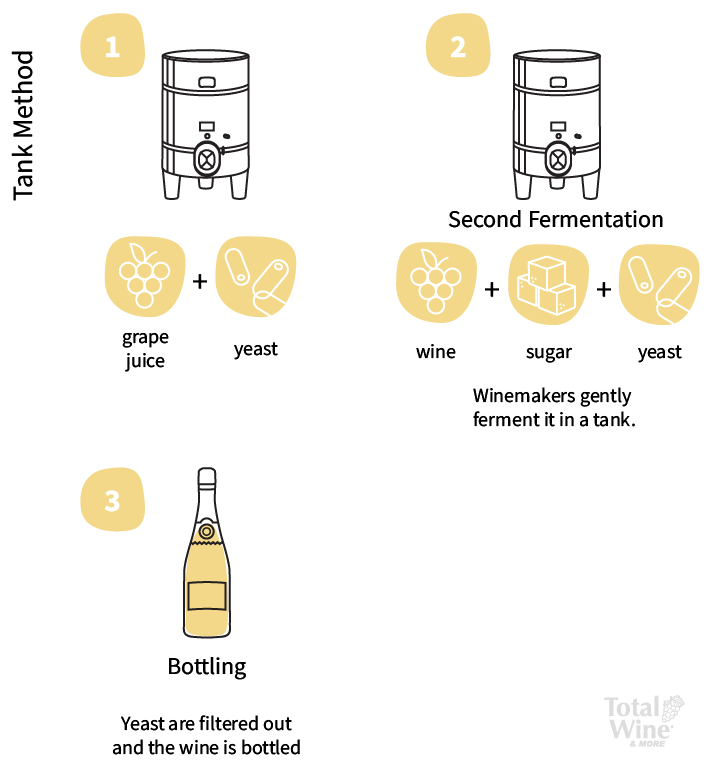
Prosecco food pairings & cocktails

When you visit Northern Italy, it seems like every meal starts with a glass or two of Prosecco. The light and refreshing wine perfectly fits the Italian idea of living the dolce vita (sweet life). Its crispness also gets the palate ready to eat. Prosecco shines with seafood, especially fritto misto, a fried mix of shellfish and vegetables.
In Friuli-Venezia Giulia, people love going out for local San Daniele prosciutto, crusty bread and cheese, paired with Prosecco. You’ll love Prosecco with pizza, from the classic tomato basil Margherita to pies topped with ham or pepperoni. Prosecco is excellent with a variety of pasta dishes, including fettuccine Alfredo or carbonara to simple pesto.
Prosecco is also ace in cocktails, so why not try these at home:
- Bellini: Prosecco + white peach purée
- Rossini: Prosecco + strawberry purée
- Tiziano: Prosecco + fresh red grape juice

How to store, serve & enjoy Prosecco
Sparkling wines like Prosecco are most refreshing when they’re adequately chilled. Plus, it’s not safe to open a warm bottle of Prosecco, since the cork can fly out at 60 mph. Chill your Prosecco in a refrigerator or metal wine bucket filled with ice and a little water until it’s 40 to 50 degrees Fahrenheit.
Here’s how to open a cold bottle of sparkling Prosecco:
- Remove the foil and the wire cage, then quickly cover the cork with a cloth napkin and your thumb.
- Be careful to point the bottle away from everyone.
- Holding the cork firmly in one hand, twist the bottle down and clockwise with your other hand. The cork should leave the bottle with a soft gasp.
A tulip flute, which captures more of the wine’s bouquet and aroma, is the perfect glass for Prosecco. Learn more about Prosecco and how it compares to Champagne in our article Prosecco vs. Champagne or our Guide to Sparkling Wine.

